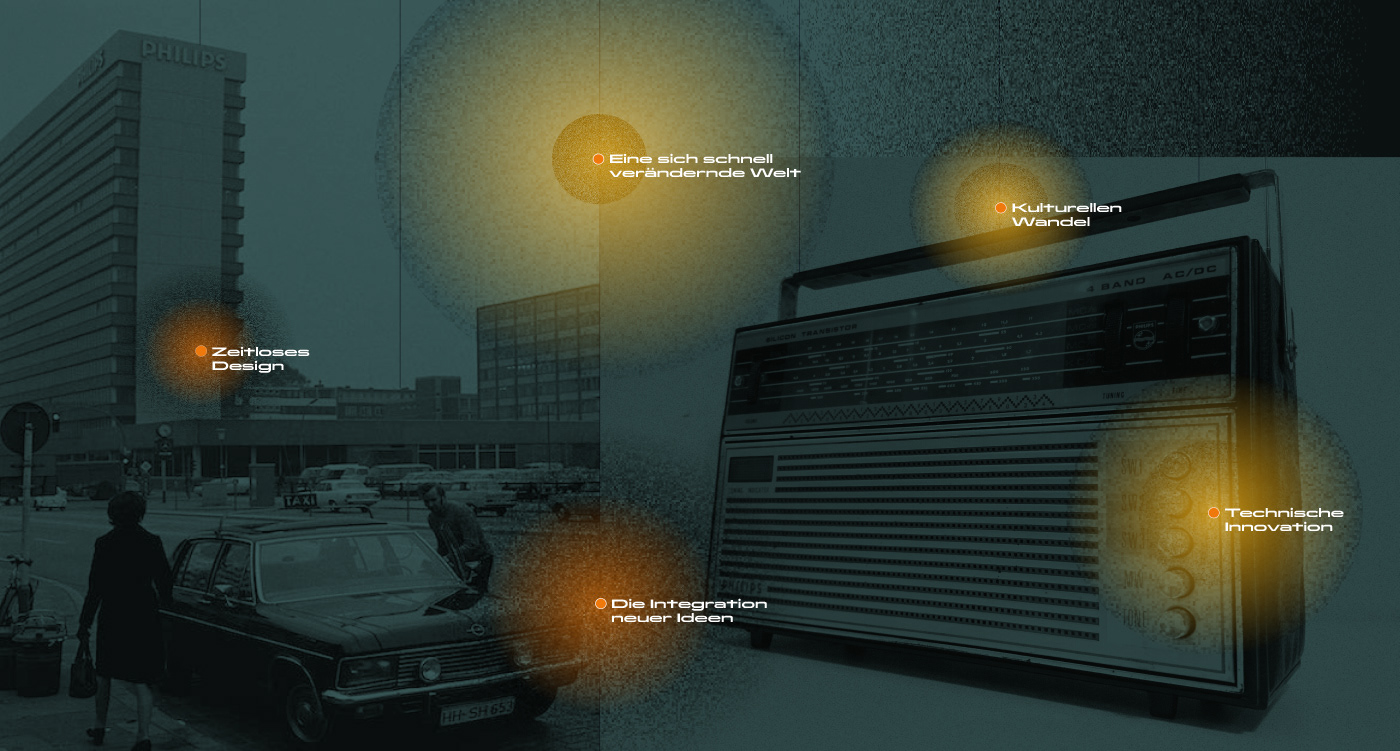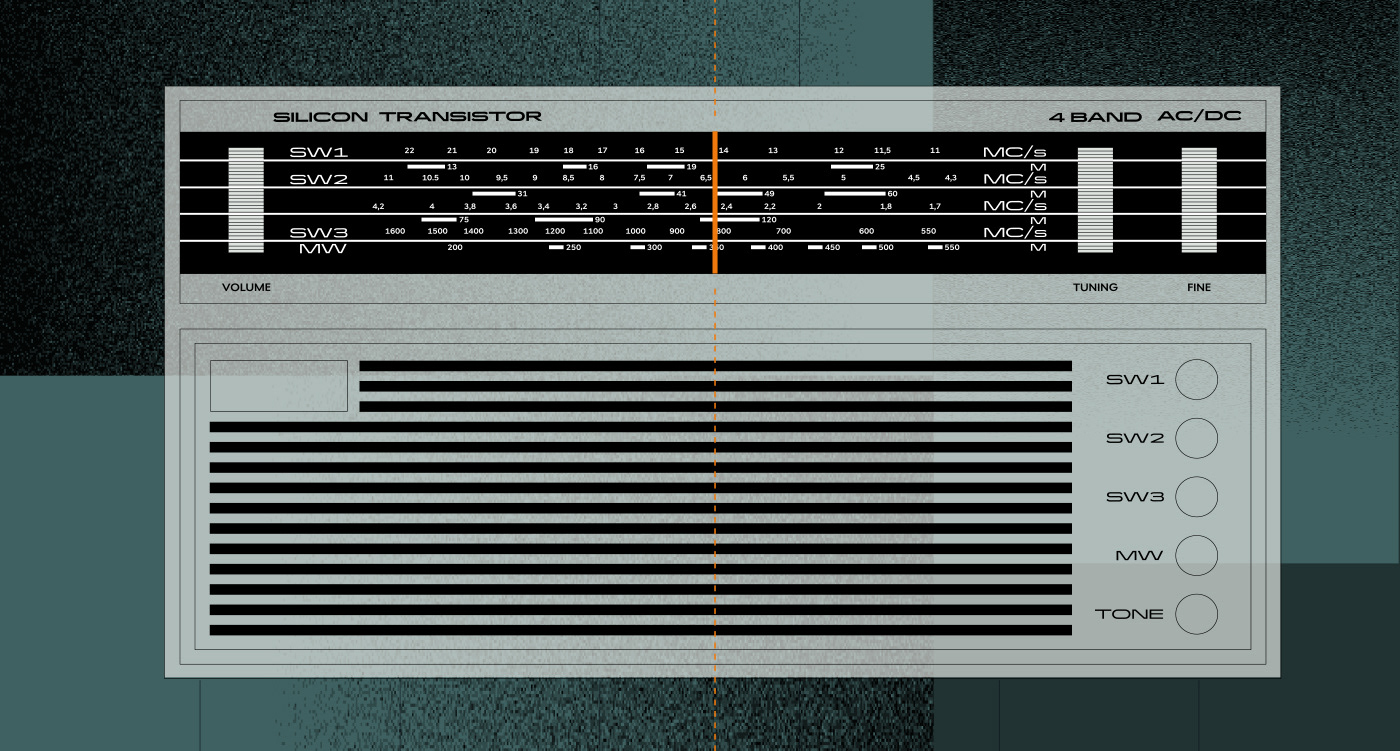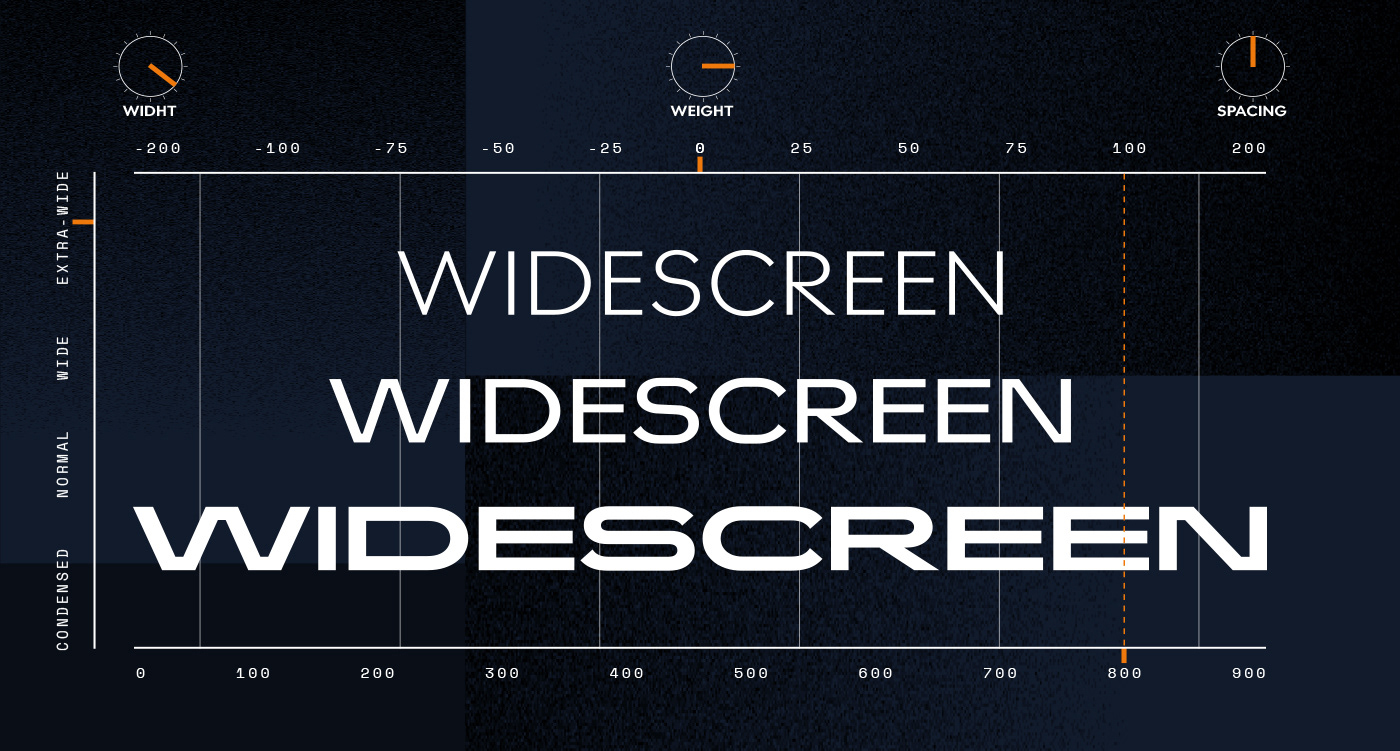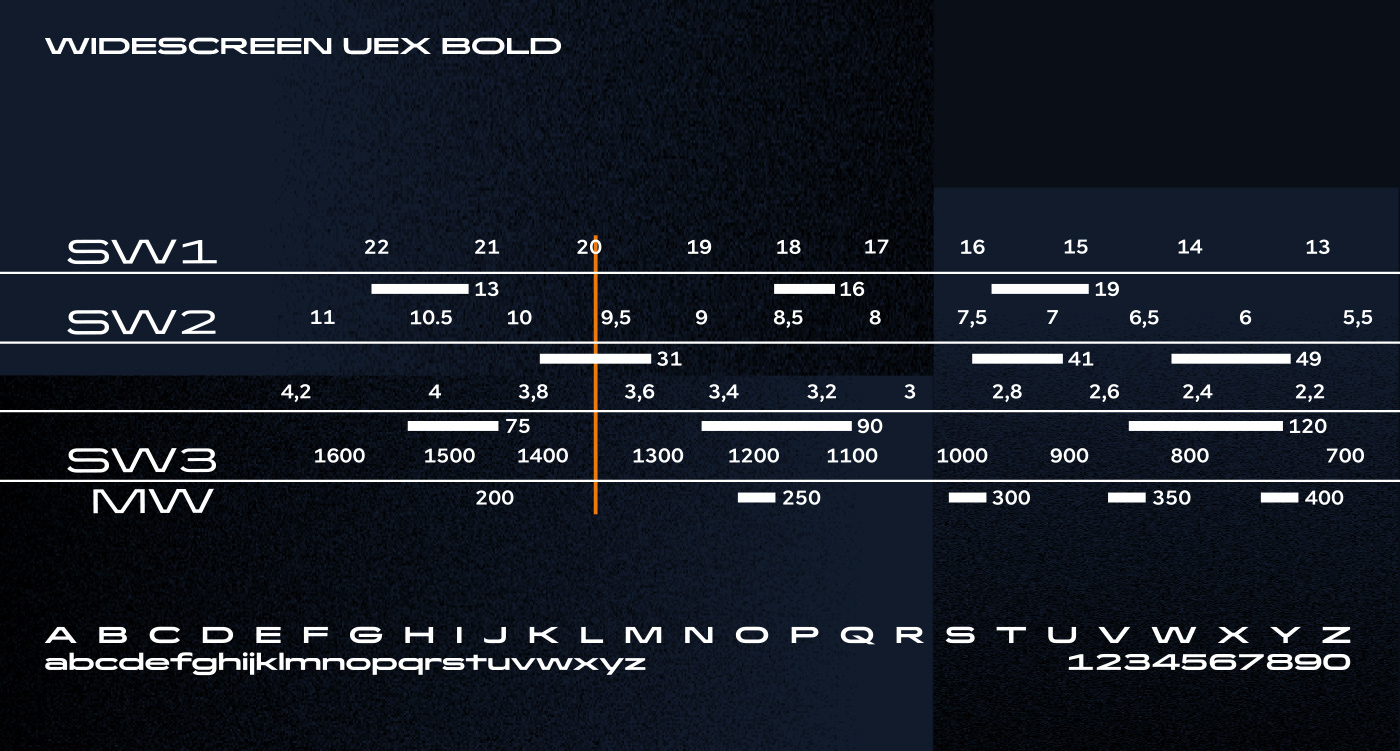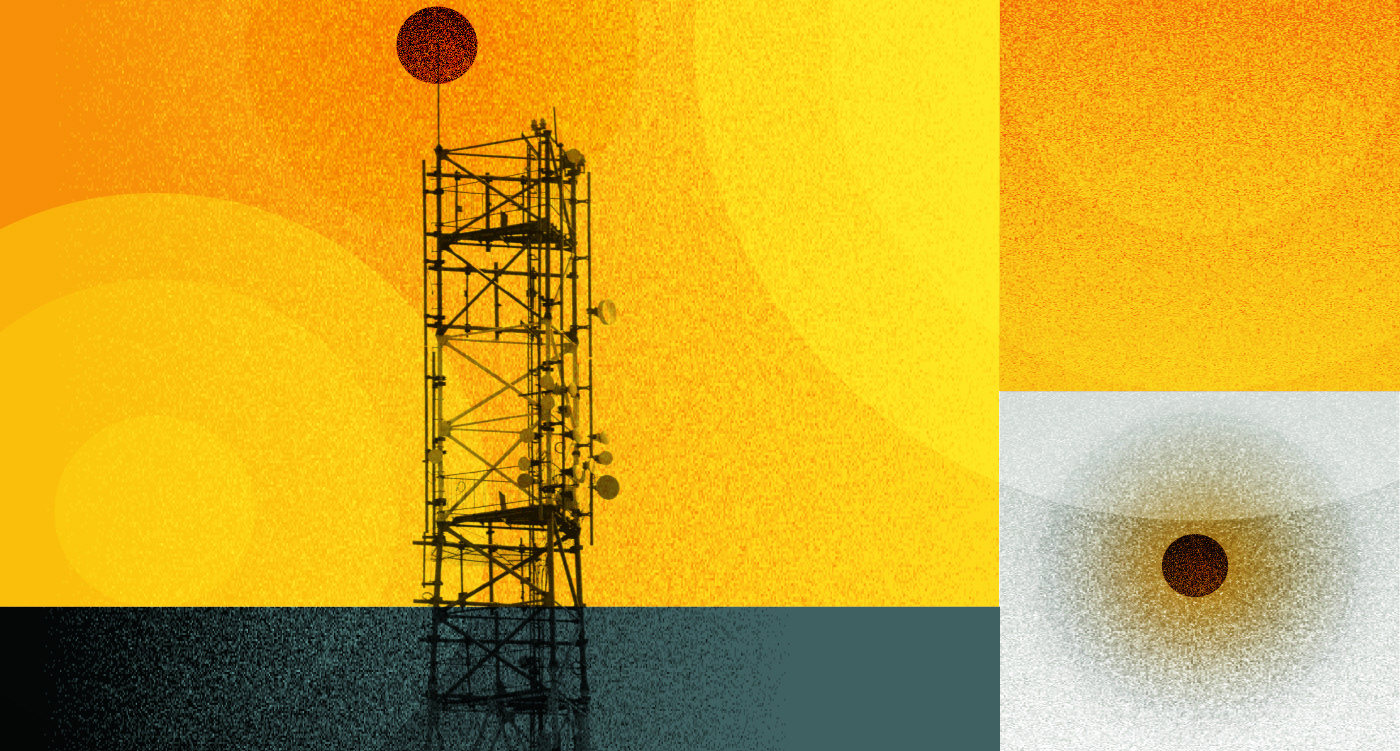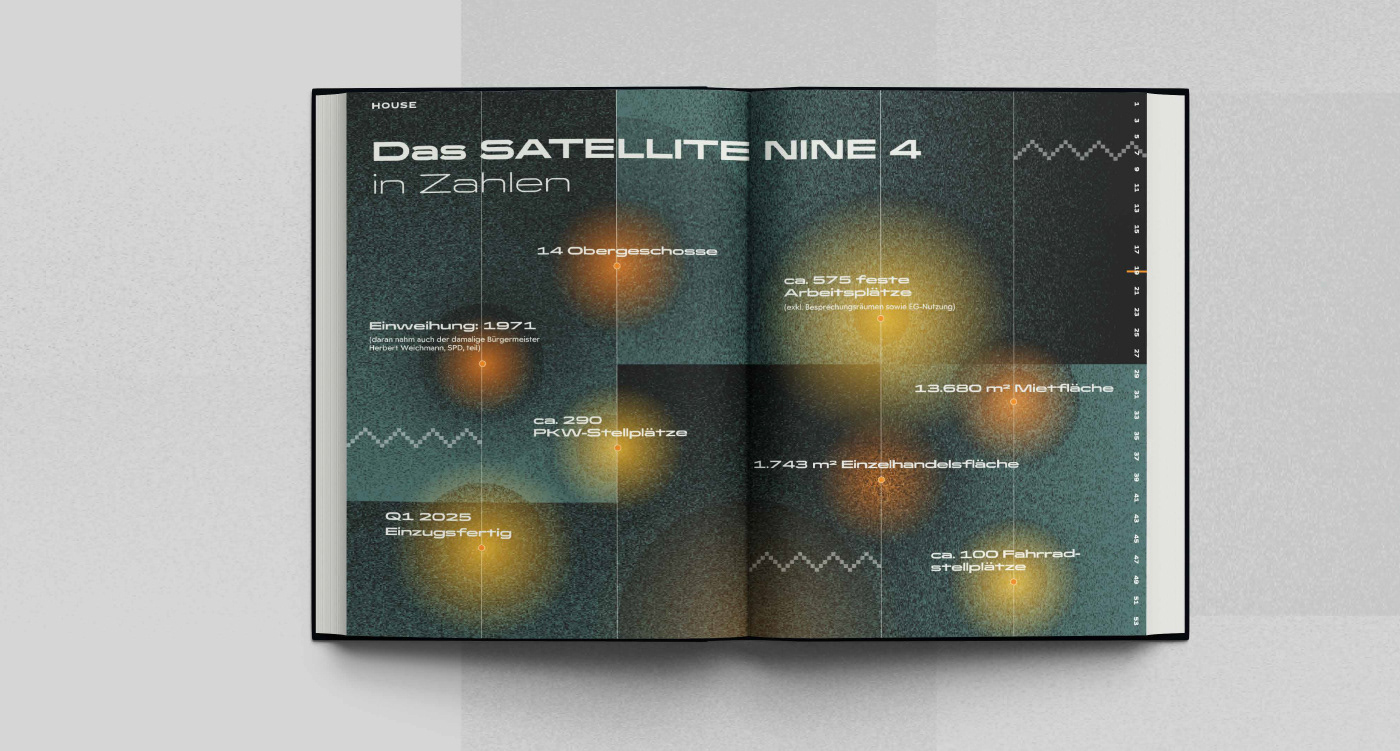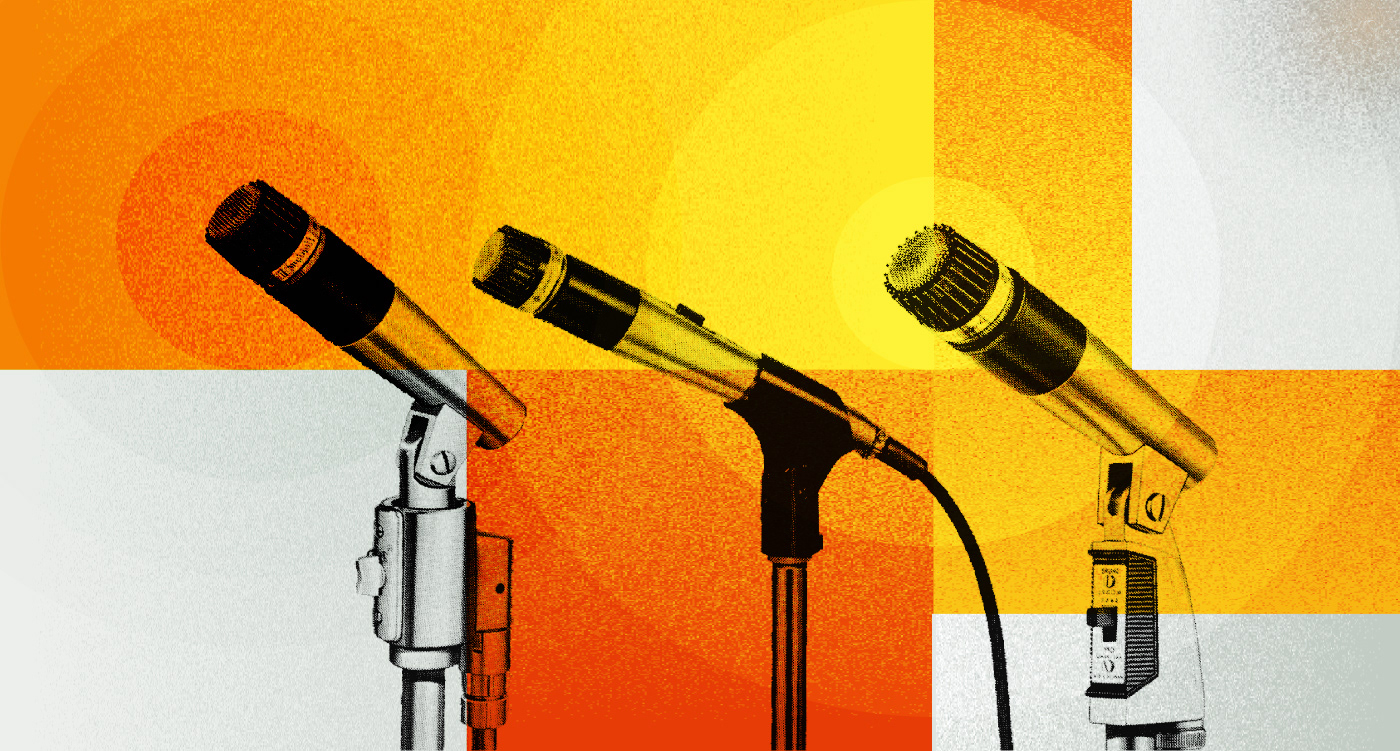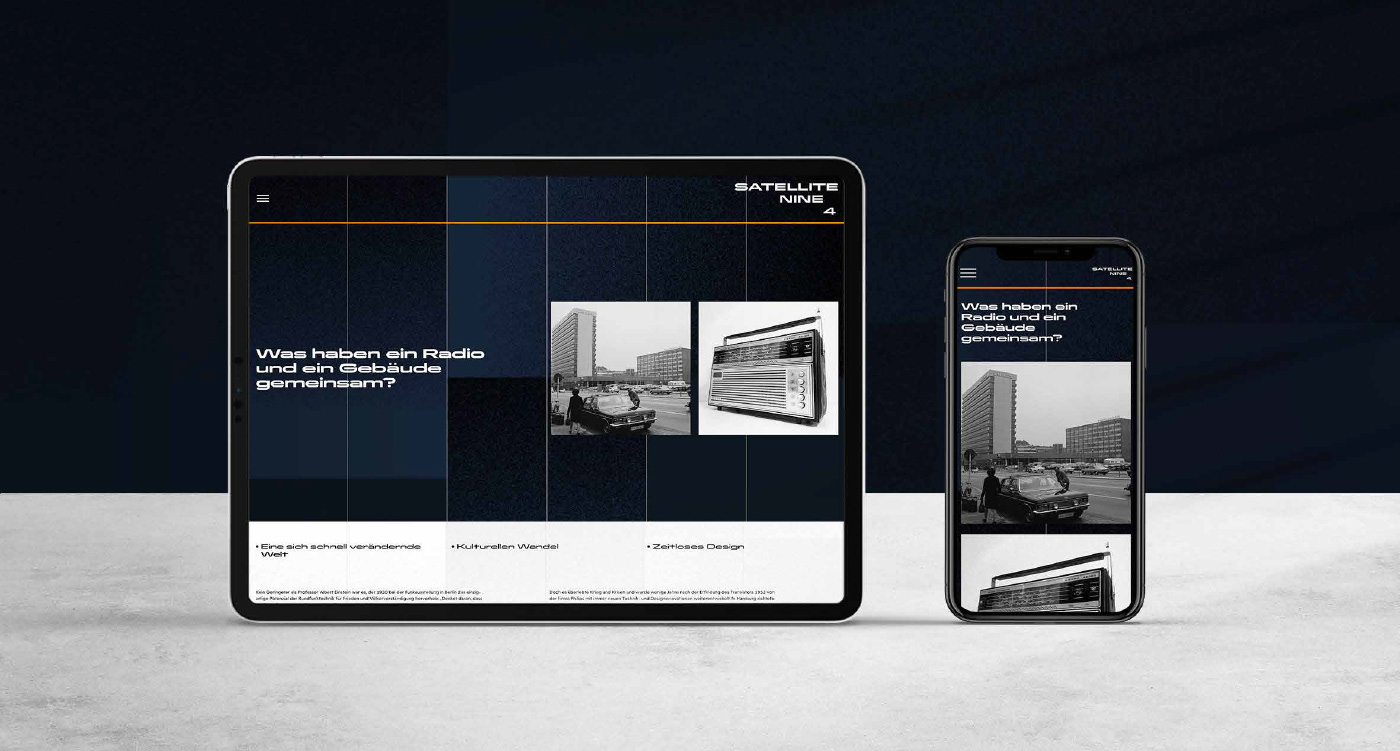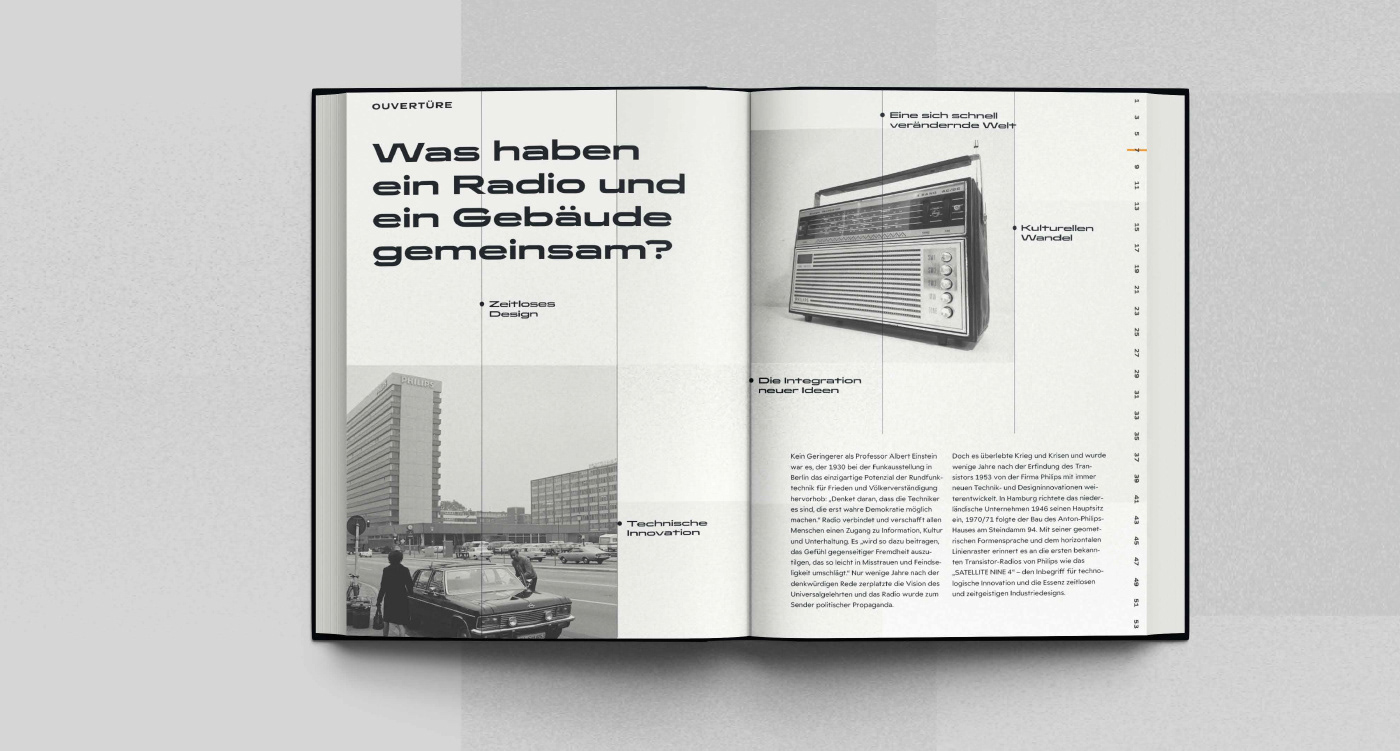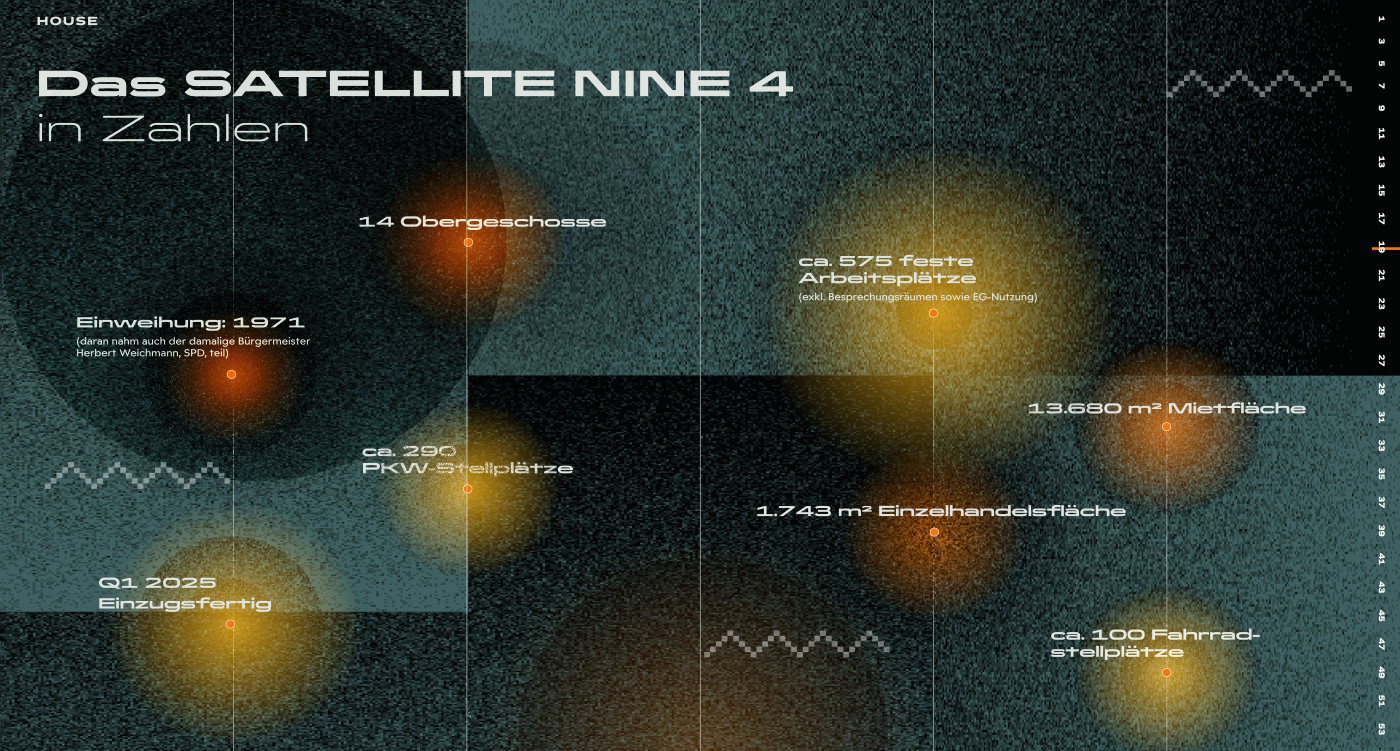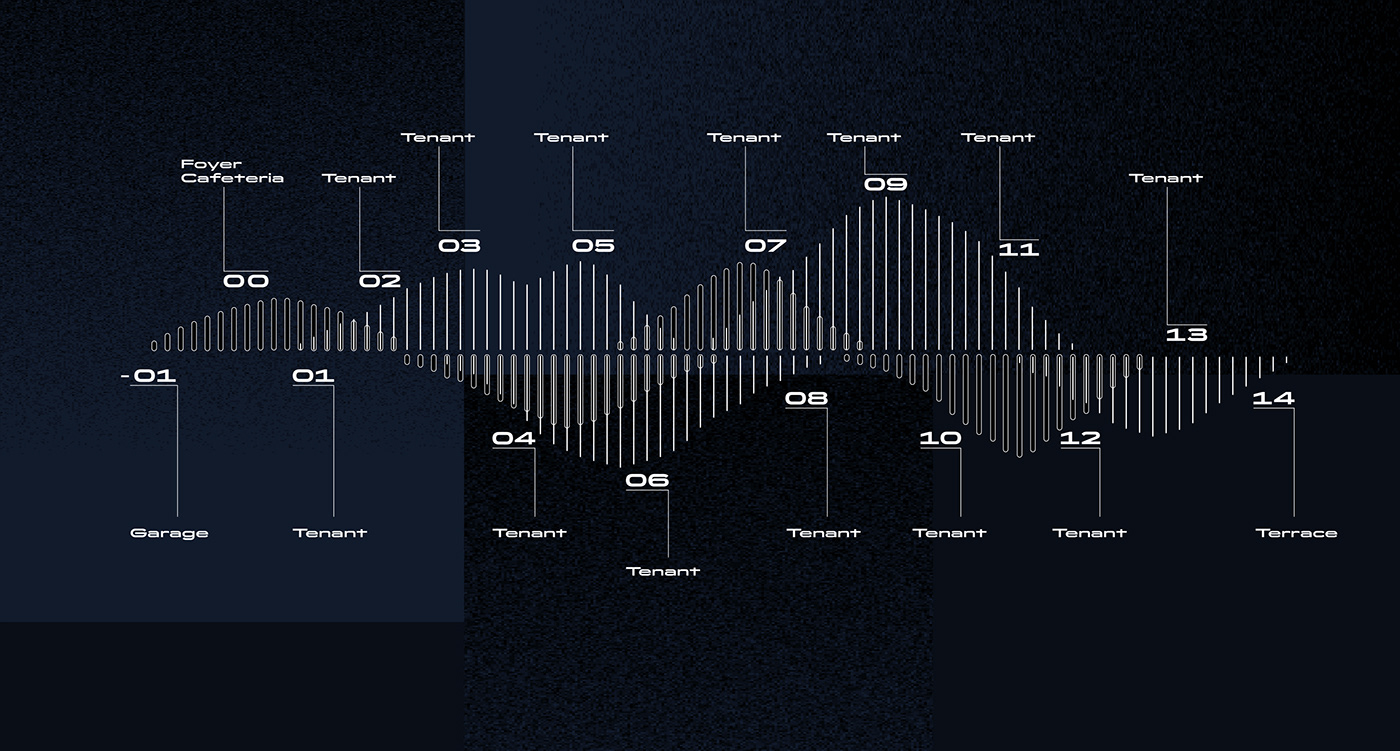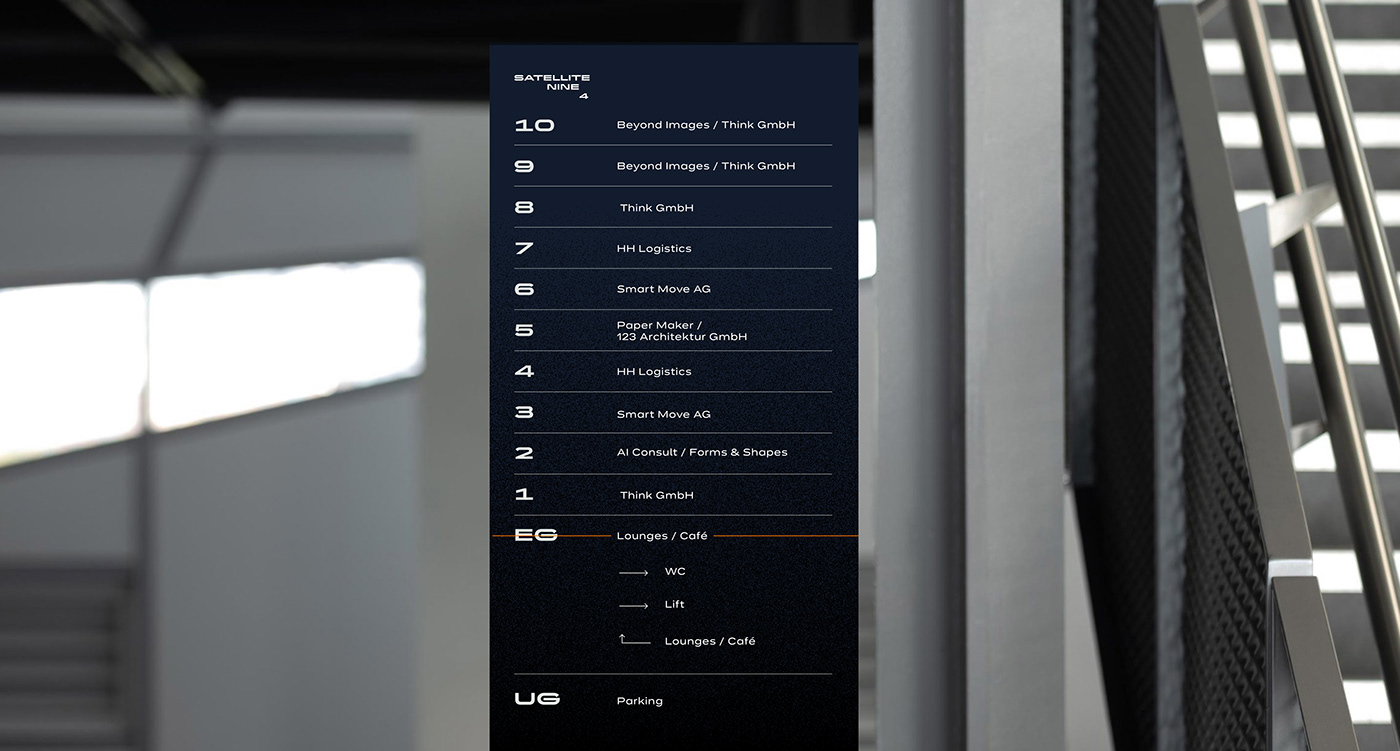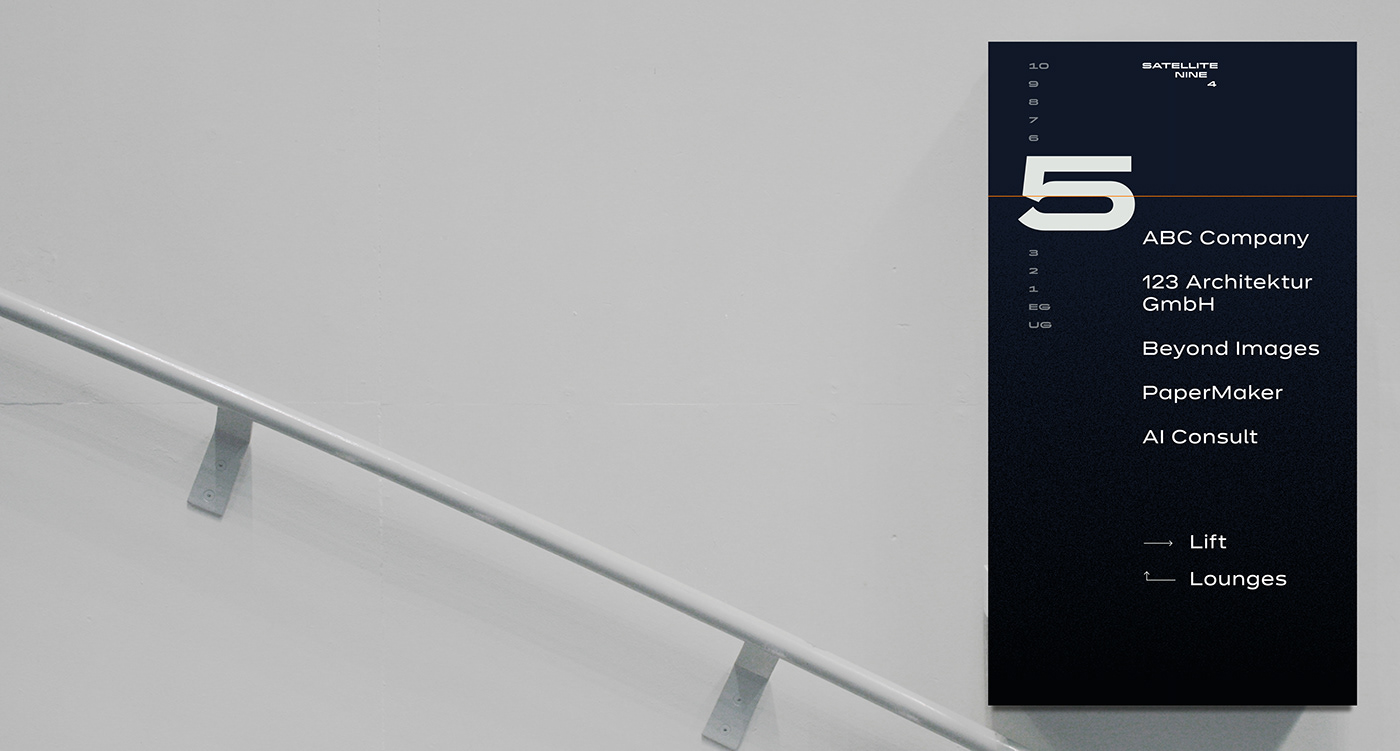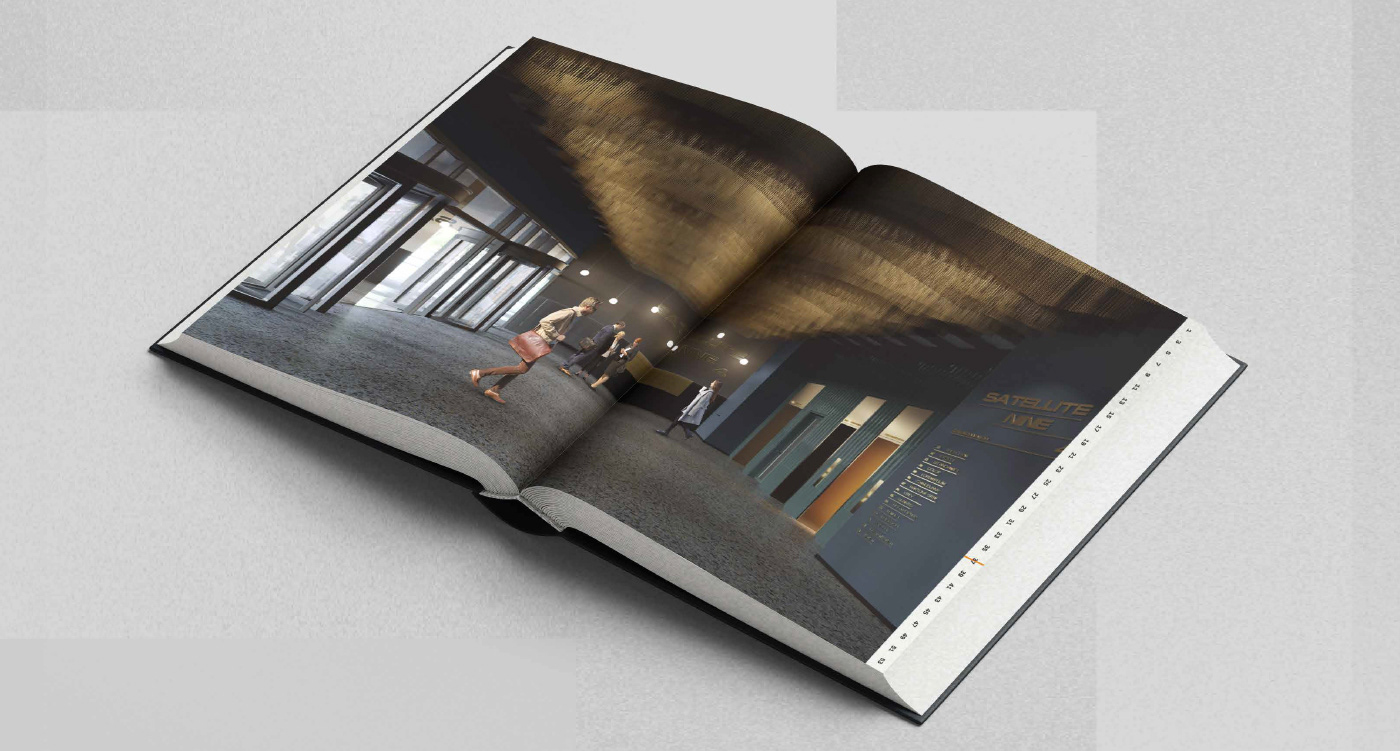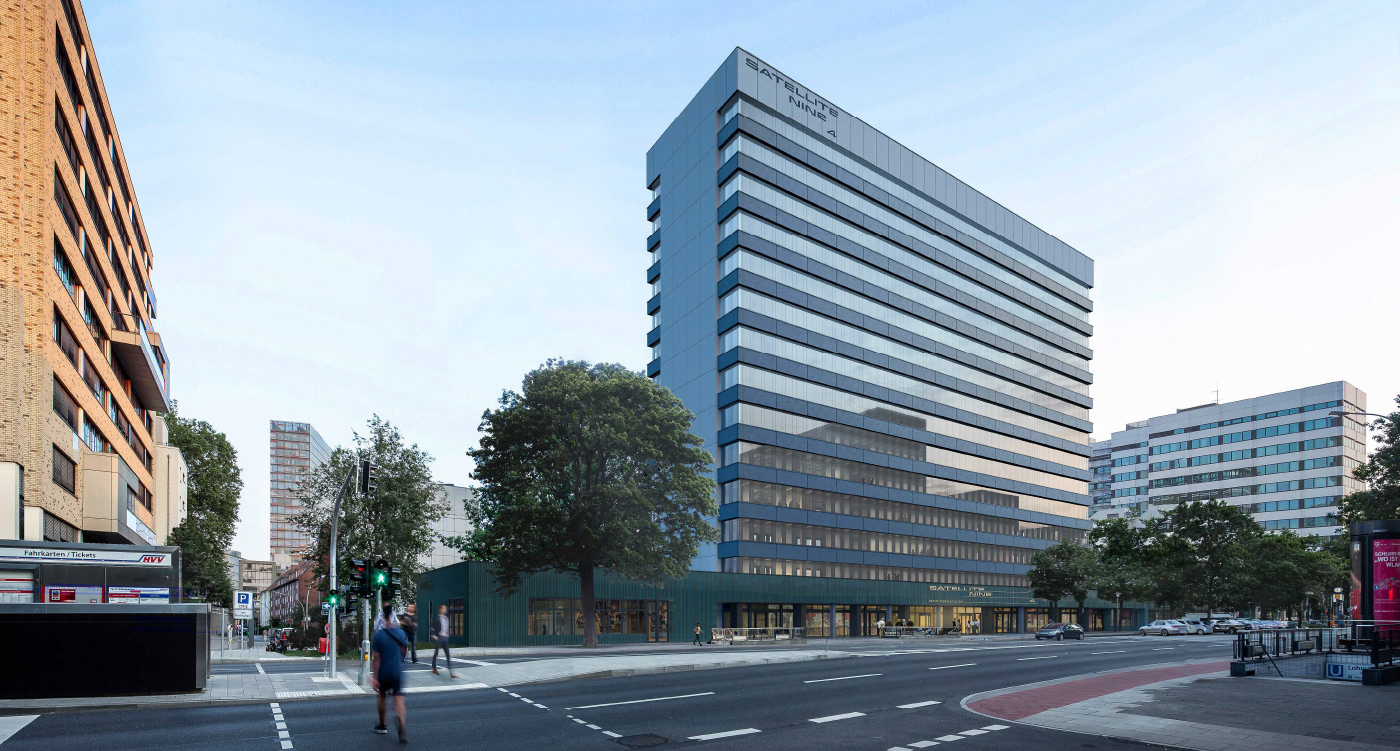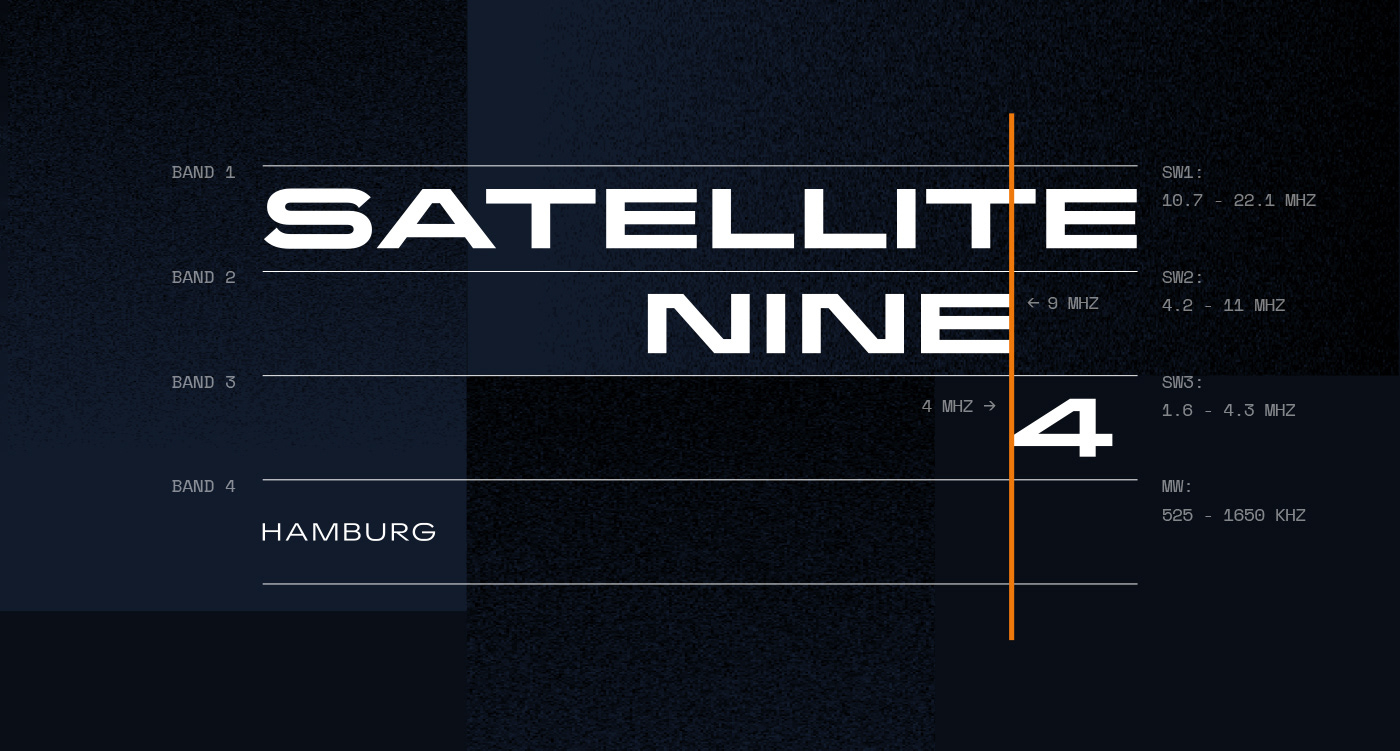
What do a radio and a building have in common?
It was none other than Professor Albert Einstein who praised the unique potential of radio technology for peace and international understanding at the 1930 Radio Exhibition
in Berlin: “Remember that it is the technici- ans who enable true democracy.” The radio connects and provides access to information, culture and entertainment for all. It “will con- tribute thus to eradicate the feeling of mutual strangeness which so easily turns into distrust and hostility.” Only a few years after the memorable speech, the universal scholar's vision was shattered and the radio became a transmitter of political propaganda.
in Berlin: “Remember that it is the technici- ans who enable true democracy.” The radio connects and provides access to information, culture and entertainment for all. It “will con- tribute thus to eradicate the feeling of mutual strangeness which so easily turns into distrust and hostility.” Only a few years after the memorable speech, the universal scholar's vision was shattered and the radio became a transmitter of political propaganda.
It survived war and crises, and only a few years after the invention of the transistor in 1953, it was further developed by the Philips compa- ny with new technical and design innovations. The Dutch company set up its headquarters in Hamburg in 1946, followed by the construction of the Anton Philips House at Steindamm 94 in 1970/71. With its geometric design language and horizontal pattern, it is reminiscent of the first well-known transistor radios from Philips such as the "SATELLITE NINE 4 Band" - the epitome of technological innovation and the essence of timeless and contemporary industrial design.
